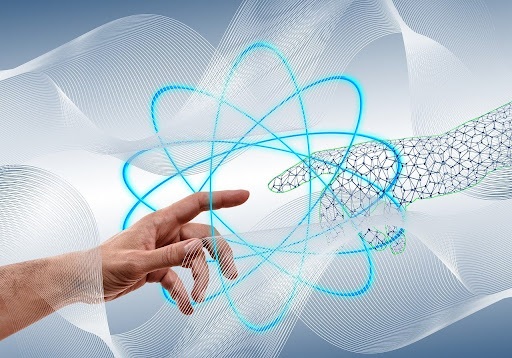In today’s rapidly evolving world, it’s impossible to ignore how deeply technology has permeated every aspect of our lives. From the way we work and learn to how we form and maintain relationships, technological advancements have significantly transformed human interaction. In the age of instant communication and endless connectivity, one can’t help but ask whether these changes have brought people closer together—or pushed them further apart. A glance at this website, or any digital platform for that matter, reveals just how interconnected our lives have become.
The Evolution of Communication
Historically, communication required physical proximity or significant time delays. Letters took days, sometimes weeks, to arrive. Long-distance phone calls were costly and rare. Today, messages reach recipients instantly across the globe through emails, messaging apps, and video calls. While this convenience enhances our ability to stay in touch, it also alters the quality of our interactions. Conversations have become shorter, more fragmented, and sometimes less meaningful.
Abbreviations, emojis, and voice notes have replaced long, thoughtful exchanges. While this may seem efficient, it may also diminish the depth and emotional nuance once present in written or spoken dialogue. The shift raises questions about whether we are truly connecting—or merely exchanging information.
Digital Intimacy: Real or Illusion?
Technology has given rise to a new form of intimacy: digital closeness. People now build friendships, romantic relationships, and communities online. This can be profoundly liberating, especially for those who feel marginalized or isolated in their physical environments. Shared interests and values can bring people together across borders, and support groups thrive online in ways that were previously unimaginable.
However, the downside is that this digital intimacy can sometimes be superficial. Profiles are curated, images filtered, and messages carefully edited—sometimes resulting in unrealistic portrayals of one’s life. This creates a paradox: increased access to others, but also increased feelings of inadequacy, comparison, and disconnection.
Social Media and the Attention Economy
Social media platforms have become central to how people express themselves and interact. They allow for public sharing of private moments and open up opportunities for connection with broader audiences. But they are also designed to capture and commodify attention. The need for likes, shares, and validation can warp genuine communication into performance.
The addictive nature of social platforms encourages more screen time and less face-to-face engagement. Relationships may suffer when people prioritize their online presence over real-world interactions. The constant exposure to carefully selected highlights of others’ lives can lead to anxiety, envy, and loneliness—ironically, the very emotions technology promised to alleviate.
Virtual Realities and Human Empathy
Virtual and augmented reality are beginning to play a role in reshaping human contact, particularly in education, therapy, and long-distance relationships. These technologies allow users to step into another’s experience—fostering empathy in powerful ways. For example, a virtual reality experience that simulates life as a refugee or a person with disabilities can elicit a deep, emotional understanding that words or videos may not achieve.
Yet, while such tools offer potential, they also risk replacing authentic, lived experiences with artificial ones. There is a danger that virtual empathy could become a substitute for real-world action or understanding.
Work, Isolation, and Digital Collaboration
The workplace has undergone a digital transformation. Remote work, virtual meetings, and online collaboration tools are now the norm in many industries. While this offers flexibility and global talent integration, it also brings challenges to human contact. Casual conversations, office camaraderie, and spontaneous brainstorming sessions are harder to replicate virtually.
The blurred lines between home and work life can also increase feelings of isolation. Despite being in constant digital contact with colleagues, many workers report feeling more disconnected than ever. This highlights the subtle but significant role that in-person human interaction plays in fostering trust, creativity, and well-being.
A Generational Shift in Connection
Different generations experience and value connection in varying ways. For older generations, face-to-face conversations and phone calls remain the gold standard. Younger generations, meanwhile, have grown up with devices and apps as their primary modes of interaction. This generational divide often leads to misunderstandings about what constitutes “real” communication.
Yet, both perspectives offer valuable insights. While technology can sometimes dilute interactions, it also opens up new forms of expression and accessibility. The key may lie not in rejecting technology, but in learning to use it more mindfully.
Moving Forward: Rebalancing Our Relationships
The path forward involves finding a balance between digital convenience and emotional authenticity. It means asking tough questions about how we use technology: Are we using it to enhance or replace connection? Are we present when we interact with others, or distracted by screens?
Human relationships thrive on empathy, attention, and presence—qualities that require effort, not just access. By being more intentional about how we use digital tools, we can reclaim the depth and richness of our relationships, even in a tech-driven world.
Conclusion
Technology is undoubtedly reshaping human connection in profound and complex ways. It has the power to unite, support, and empower, but also to isolate, distort, and distract. As we navigate this evolving landscape, the challenge lies in harnessing technology to serve human needs—not the other way around. True connection, after all, isn’t just about being reachable—it’s about being truly understood.










